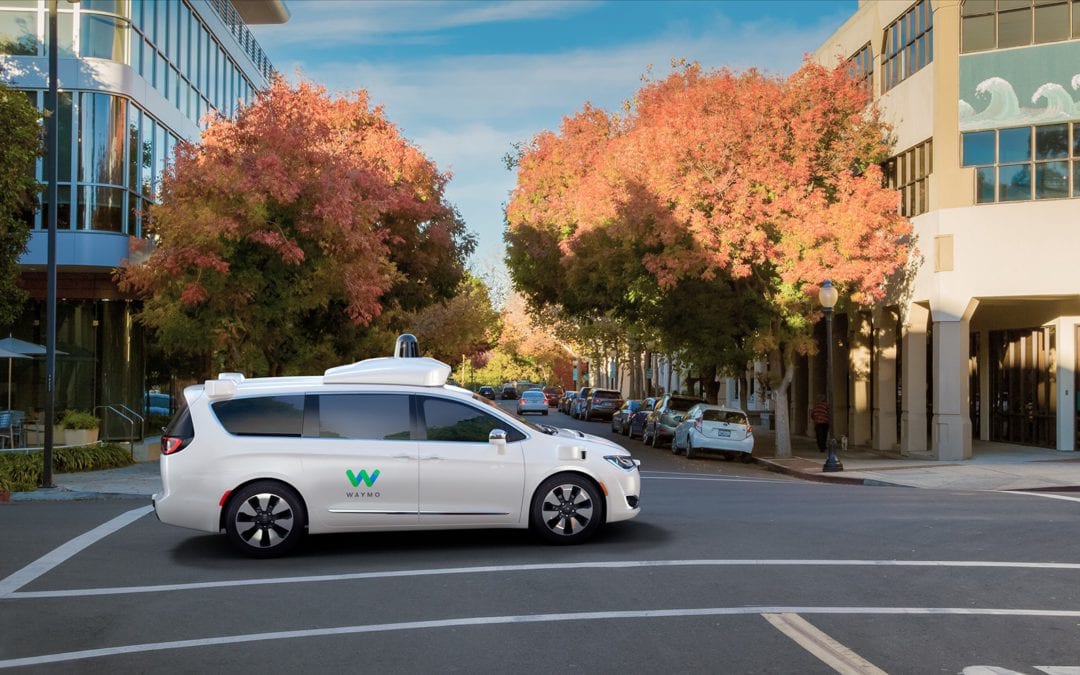
A summary of autonomous vehicle testing in 2016 on California’s public roads
The race for self-driving cars began in all earnest in 2015 with Tesla aggressively leading the pack at the end of 2016. Tesla’s CEO, Elon Musk, is of the opinion that current hardware is already sufficient to allow Level 5 automation (full automation) as set by SAE International, an engineering association. KPMG in its 2017 Global Automotive Executive Outlook found that 37% of auto executives rated the self-driving trend as extremely important. The initial front-runner for the technology, Google Auto (now Waymo) has changed strategy from developing a car to developing systems and rather partnering with automakers than building its own car. Other than Tesla, who develop and test on the go with incremental software upgrades. Google and most other contenders are developing solutions in closed environments while being permitted to test on public roads in States such as California, Michigan, and Illinois. By late 2016 a total of 20 companies has received permits from the California Department of Motor Vehicles (CA DMV).
According to the regulations, each permit holder must annually file a disengagement report, reflecting the number of events where a driver essentially has to take over from the vehicle’s autonomous mode to either prevent a traffic incident or where the system fails. These submissions allow the public who is interested what is happening in the automaker’s self-driving test some insights, outside from what the marketing departments feed the media. Although a total of 20 permits have been granted by the end of 2016, only ten companies have conducted public tests or filed reports for the period. Here follows a summary of the reports filed by the various companies for their testing on Califonia’s public roads for the period December 2015 to November 2016. For comparison purposes, we converted the result to indicate the amount of disengagements per 1,000 miles, a measurement used by Waymo in a recent post by its Head of Self-Driving Technology, Dmitri Dolgov.
[supsystic-tables id=’88’]
Comparing disengagement results per 1,000 miles above shows, bar Tesla’s customers who have clocked over 300 million miles on Autopilot (Level 2 Automation) as at November 2016, it is clear that Waymo is aggressively accelerating its learning and showing the results for it compared to the other brands with projects on Californian roads. One must, however, take into consideration that comparing the different disengagement reports is not truly comparing apples to apples. Ford’s testing, for instance, was only on the stretch of Interstate 10 between Los Angeles and Arizona. The companies also have different strategies. Tesla aims to have level 5 automation as soon as possible while companies such as Ford aims to have autonomous vehicles for ride-hailing and sharing services only from 2021 onwards, influencing the difficulty grade of testing. To further try and unravel each company’s testing program we delve deeper into their submitted reports below.
